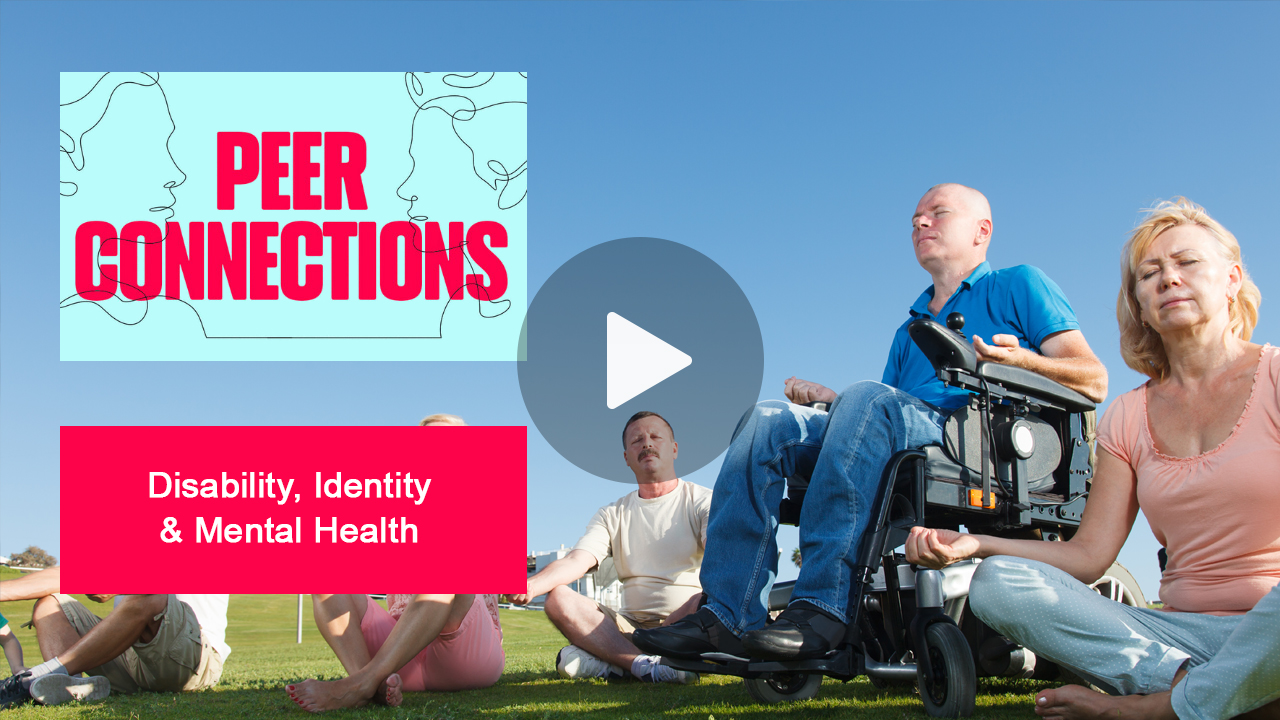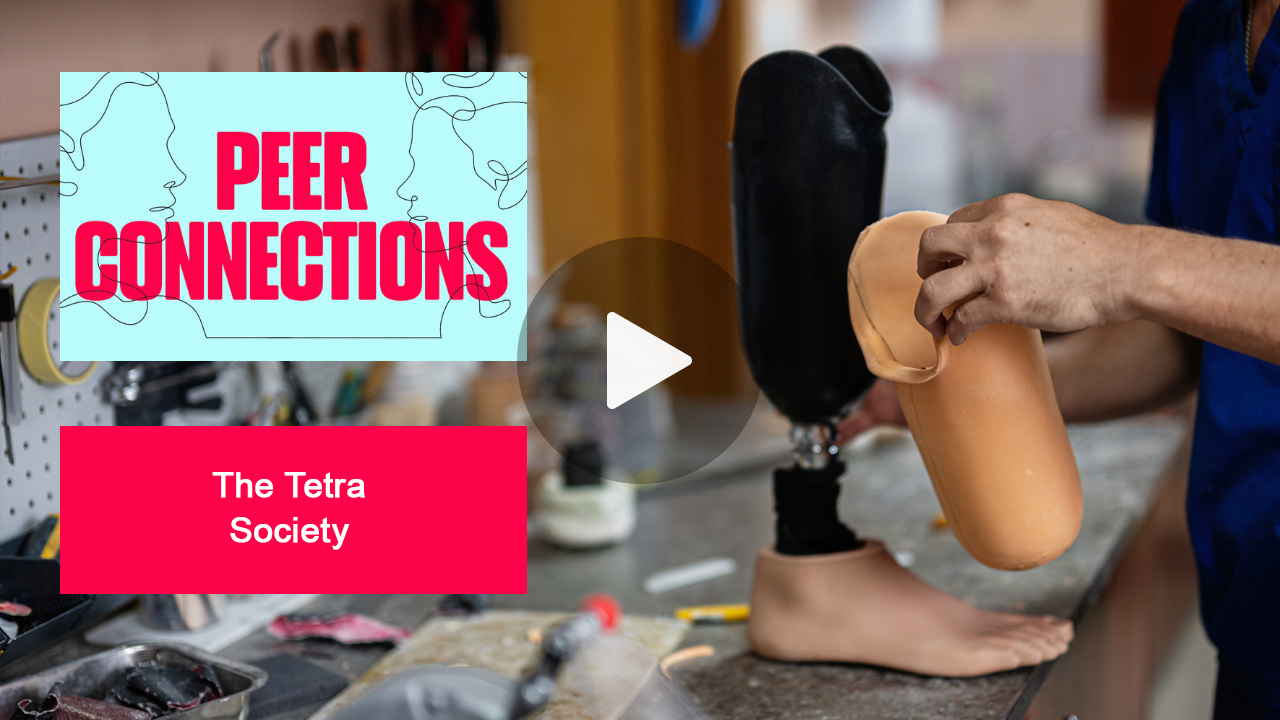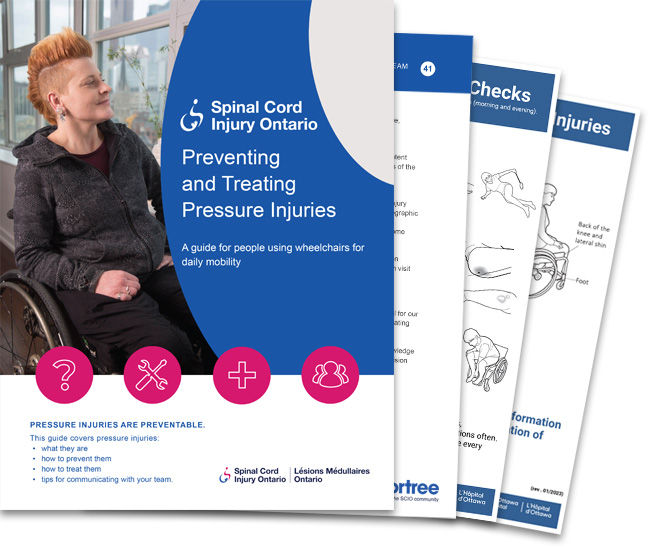Do you have a favourite piece of equipment? From mobility devices and adaptive technologies to everyday items reimagined, the right tools empower us to achieve remarkable feats and navigate daily tasks with ease. More importantly, they promote safety, health, and greater independence.
This video features members of Spinal Cord Injury Ontario’s Peer Support community sharing favourite pieces of equipment. It includes many video demos and photos. We have provided a list below with links to the equipment mentioned so you can look it up and see if it would work for you.
The equipment mentioned below reflects the independent recommendations of the SCIO Peer Support community and should not be considered a recommendation, guidance, or view or opinion provided by Spinal Cord Injury Ontario. Please consult with your healthcare provider about what equipment and assistive devices are right for you.
Here’s the list of our favourite pieces of equipment:
Oda’s picks:
- The Rehasence PAWS Tourer: https://rehasense.ca/
- The Rrtizan Heated Vest: https://www.amazon.ca/gp/product/B0CD1XBCRF
- The Bramble Fleece Lined Lower Body Wheelchair Cover: https://www.amazon.ca/gp/product/B07QMN96VZ
Scott’s picks:
- The Batec Quad Electric: https://batec-mobility.com/en/
A demo of Scott Wollin attaching his Batec: https://www.youtube.com/watch?v=_1YOAOgaips
- Gloves for Life Wheelchair Gloves: https://www.glovesforlife.com/
- The Rockbros Handlebar Mitts: https://rockbrosbike.us/collections/bike-mitts (available in CAD on Amazon)
- Quadtools Mini Reacher: https://quadtools.com/
Blair’s picks:
- Phone with voice recognition software: iPhone 14 Pro Max with Siri
- RAM Mount docking phone holder: https://rammount.com/
- Service Dogs: https://www.copedogs.org/working-dogs-2/
- Mobility Aid Dogs: https://allianceservicedogs.com/
Luke’s pick:
- Invacare Storm: https://invacare.com/ca/
Erika’s pick:
- FitTrek Trekking Poles: https://www.amazon.ca/dp/B09XQN2GZP
Nancy’s picks (she recommends a keyword search, and then select the model that suits your mobility needs and budget):
- pull up bar doorway
- massage table
- whole leg massager
Audience recommendations:
- Zero Gravity Chair: https://specialneedscomputers.ca/products/zero-gravity-chair
- Fold-away ramp for scooters with trailer hitch
Living with a spinal cord injury often requires the use of adaptive equipment to enhance mobility and independence. SCIO provides support in obtaining adaptive equipment such as wheelchairs, hospital beds, adaptive bathing devices, and other assistive technology to enhance daily living and independence. In Ontario, the Assistive Devices Program (ADP) helps individuals with long-term physical disabilities pay for customized equipment, including manual and power wheelchairs. SCIO works closely with individuals to navigate the funding process and secure the necessary equipment, as ADP may only cover 75 percent of the cost.
If you or someone you know has experienced a change in mobility due to a spinal cord injury, reaching out to SCIO is highly recommended. Our Service Navigation Coordinators can provide information about available funding programs, assist in navigating the complex funding landscape, and help access adaptive equipment and assistive technology.
To learn more about SCIO and the resources we offer, including adaptive equipment for spinal cord injury, you can visit our website at sciontario.org.
If you enjoyed this video on assistive devices for spinal cord injury, and adaptive equipment for daily living, please remember to like, share, subscribe, and leave a comment if you have any questions or suggestions. We hope to see you here again soon!




